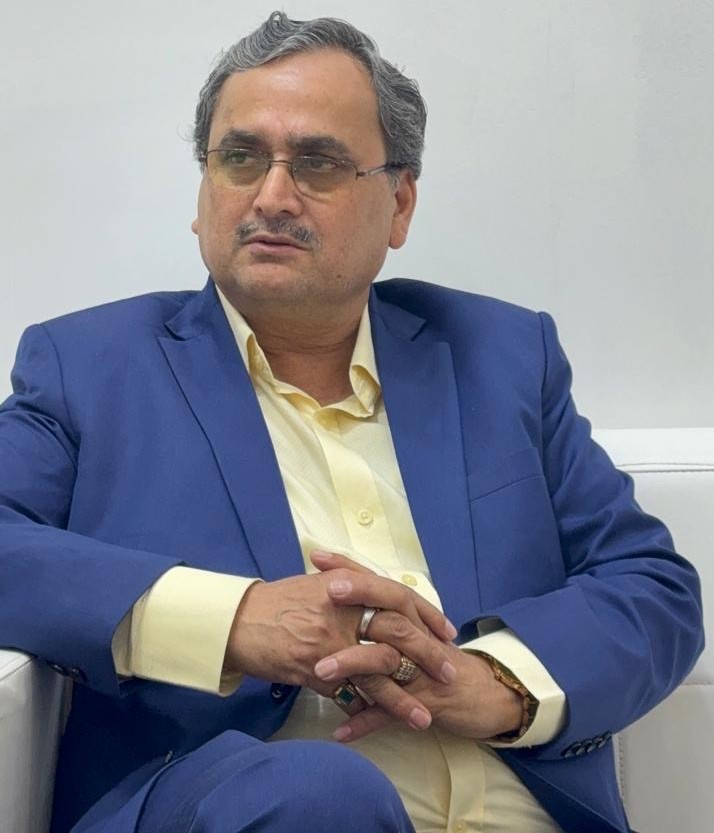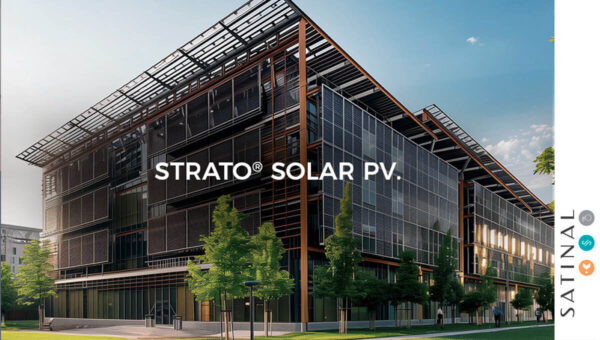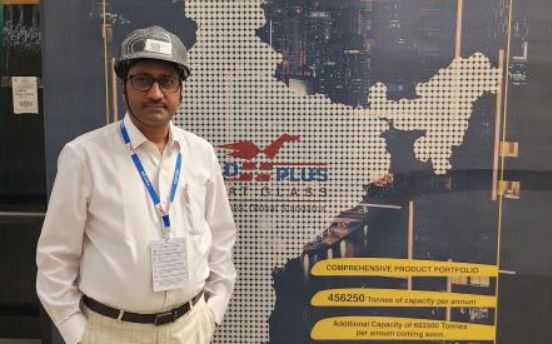
By Mr. Dinesh Chandra Pandey Founder of Shankar Fenestrations and Glasses
The construction and architecture sector is moving towards materials, that are longer-lasting, energy-saving, and eco-friendly. uPVC, or unplasticized polyvinyl chloride, is one such material. It is increasingly being used to make windows and doors, and it is revolutionizing the design-making process. uPVC was previously selected because it is strong and requires no maintenance. Nonetheless, advances made in the recent past have rendered it more desirable by matching appealing looks with superior functionality.
The Evolution of uPVC in Architectural Design
Traditionally, uPVC was regarded as merely a practical choice. It is changing the architectural designs created today with its sleek and elegant look that you can customize. This item is highly versatile, so it can mimic the look of wood, aluminum, or even metal finishes. That is how new structures can be sophisticated without compromising performance.
New technological advancements have come with multi-chambered profiles, which insulate more efficiently and bring depth and sophistication to the architecture. UPVC is now a popular option among architects and residents alike who seek something long-lasting and contemporary.
Creative Applications of uPVC in Design
1. Panoramic Glass Panels for Unobstructed Views
The most dramatic application of uPVC in modern design is making large, uninterrupted glass panels. Thin, highly robust uPVC profiles enable the use of floor-to-ceiling windows where natural light may flood interior spaces while maintaining energy efficiency.
2. Customizable Colors and Finishes
One of the most significant developments in uPVC technology is the capability to custom-color and texture. Gone are the days when there had to be the ubiquitous white uPVC, as architectural styles can be matched using a range of colors, including wood grain effect and metallic finishes.
3. Sustainable and Energy-Efficient Designs
One of the driving forces for the modern application of uPVC is sustainability. Its inherent insulation qualities reduce energy consumption by heating interiors in winter and cooling interiors in summer. It is thus an environmental-friendly material in contrast to traditional materials.
4. Soundproof and High-Security Innovations
Urban settings call for solutions that minimize noise pollution without compromising on security. New uPVC designs feature multi-layer glazing and strengthened profiles to provide soundproofing and increased security. The combination of these features assures homeowners of tranquility without undermining safety.
5. Smart Integration for Modern Living
As smart homes gain popularity, uPVC designs are being adapted to meet modern technological requirements. Integration with automated blinds, sensor-activated locking systems, and energy-efficient glazing products allows homeowners to enjoy cutting-edge convenience. The adaptability of uPVC allows for seamless integration with home automation systems.
Why uPVC is the Future of Modern Architecture
Aesthetic Versatility
Whether minimalist modern styles or classic, uPVC can be styled to fit all architectural designs. From bold black frames to rustic wood finishes, the material offers limitless possibilities.
Weather Resistance and Longevity
In contrast to the conventional wooden or metal frames that also deteriorate with time due to moisture, rust, or termite infestation, uPVC does not change. This makes it a great choice for both residential and business structures.
Cost-Effectiveness Without Compromise
Even though uPVC is an upscale option, it still has a more reasonable price point compared to aluminum or wood. Its longer duration and ease of maintenance also make it lower to own in the long run, making it an intelligent investment by homeowners and businesses alike.
The design possibilities of uPVC as a creative tool in architecture continue to expand, with an equitable blend of beauty, strength, and innovation. In the wake of advances in personalized finishes, energy efficiency, and integration with smart home technologies, uPVC is not merely a popular material but transforming the face of contemporary buildings. As architects and designers go further in testing creative limits, uPVC is living proof of how technology and design can be married together.













